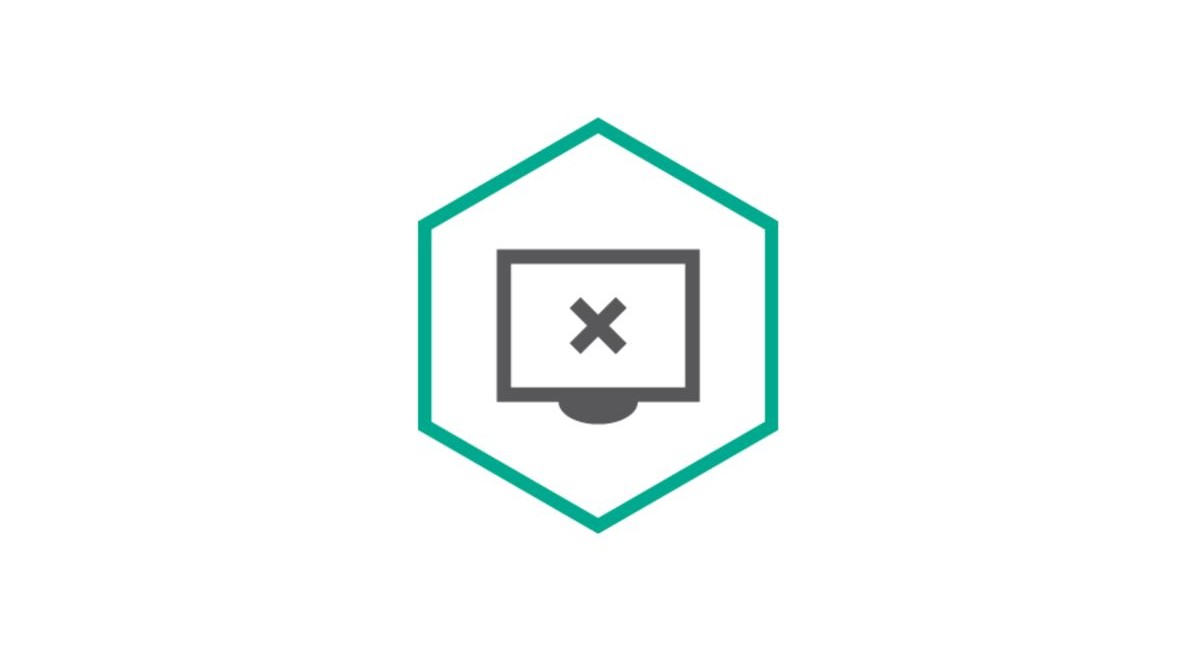SEARCH
DDOS attacks are a "headache" for businesses and organisations

SHARE IT
Distributed Denial-of-Service (DDoS) attacks are an increasingly common threat to businesses and organisations. This type of threat is designed to slow down or even completely shut down a server. The financial consequences for businesses are often devastating, with studies revealing that the cost of such an attack can exceed $1.6 million - an exorbitant amount that can seriously burden any company. Furthermore, DDoS attacks are often used as a means of distraction, providing attackers with the opportunity to steal data or disrupt critical operations undisturbed while the system is inundated with excessive traffic.
Despite improvements in security systems and increased awareness of digital threats, DDoS attacks remain a serious risk to businesses and organisations. This highlights the need to invest in protection measures to prevent serious financial and operational impacts.
The functioning of DDoS attacks
The main goal of a DDoS attack is to cause an interruption in access to a server or network resource, flooding it with a huge volume of traffic. Unlike simple denial of service attacks that originate from a single source, distributed denial of service (DDoS) attacks use a network of compromised computers, known as a "botnet," to launch the attack simultaneously from multiple sources.
The "botnet" is created by a malicious actor, often called a "botmaster", who exploits vulnerabilities in computer systems to install malware, usually a Trojan. Computers infected by this software become embedded in the botnet and are remotely controlled by the botmaster to carry out malicious activities, such as DDoS attacks.
DDoS attacks are divided into several categories, each of which targets different vulnerabilities:
- Volume-Based Attacks: they focus on overloading the target with huge amounts of traffic, such as UDP floods and ICMP floods. They aim to consume bandwidth and exhaust server resources. The impact of these attacks is measured in bits per second (Bps), and the higher the traffic, the greater the damage.
- Protocol Attacks:They focus on exploiting vulnerabilities in specific communication protocols, such as TCP. Examples include Smurf and SYN floods, which aim to disrupt the normal operation of servers through malicious use of their protocols.
- Application layer attacks, such as Zero-day DDoS or Slowloris: they exploit application vulnerabilities by flooding applications with a huge volume of requests. These requests, while appearing legitimate, are designed to consume all the available resources of the server, leading it to be unable to serve real users.
The impact of DDoS attacks
DDoS attacks can have a serious impact on businesses, both financially and operationally. During an attack, financial losses can exceed $20,000 per hour, while disruptions to operations can last from a few hours to days and, in some cases, even weeks. According to Kaspersky research, 20% of DDoS attacks can remain active for extended periods, highlighting the complex nature of these attacks.
During such an attack, employees are denied access to key network resources, which reduces productivity and causes significant disruptions to business flows. For companies that rely on e-commerce, the impact is even more pronounced as customers are unable to transact, leading to direct losses in sales and revenue. In addition, the reputation of the business can take a hit, as customer frustration often leads customers to make competing choices.
DDoS attacks not only affect their targets but also the compromised computers used as "bots" for the attack, causing performance and access problems without the knowledge of their owners. This can lead to reduced system performance, errors or difficulty accessing legitimate services for users of these devices. The causes of these breaches vary. They are often due to vulnerabilities in corporate networks or human error, such as opening malicious attachments.
Organising the defence against DDoS attacks
Defending against DDoS attacks requires the use of layered strategies that include proactive and reactive measures. According to the Carnegie Mellon Software Engineering Institute, one of these is limiting connection attempts to prevent attacks. However, during a DDoS attack, this measure can inadvertently block legitimate users, necessitating the implementation of emergency access mechanisms.
For this reason, dedicated anti-DDoS solutions must be in place at all times to protect against these attacks. Enterprises can enhance their effectiveness through the following actions:
- Configuring web servers: Equip servers to withstand attacks.
- Adapt ISP firewalls: Filter out unwanted traffic.
- Optimize firewalls: Mitigate SYN flood attacks.
- Change IP addresses: move public resources to alternate IP addresses.
- Migrate critical applications: Use the cloud or separate public subnets for sensitive applications.
In addition, disabling unnecessary network services reduces the potential entry points for attackers, while implementing data limits and disk partitioning helps limit the consequences of an attack. Establishing a baseline for normal network performance and server traffic is also vital. Unusual spikes in traffic, with no apparent explanation, may indicate an impending attack.
In addition to the above, investing in dedicated anti-DDoS services with automated scanning and attack detection capabilities is essential. These services should be regularly updated to ensure that new types of threats are effectively addressed. DDoS attacks have the potential to disrupt business operations, cause financial losses and increase pressure on IT teams. A combination of proactive strategies, advanced detection and mitigation technologies, and regular monitoring can effectively minimize the impact of attacks, ensuring the stability of an organization's or business's operations.
MORE NEWS FOR YOU

 Help & Support
Help & Support 

